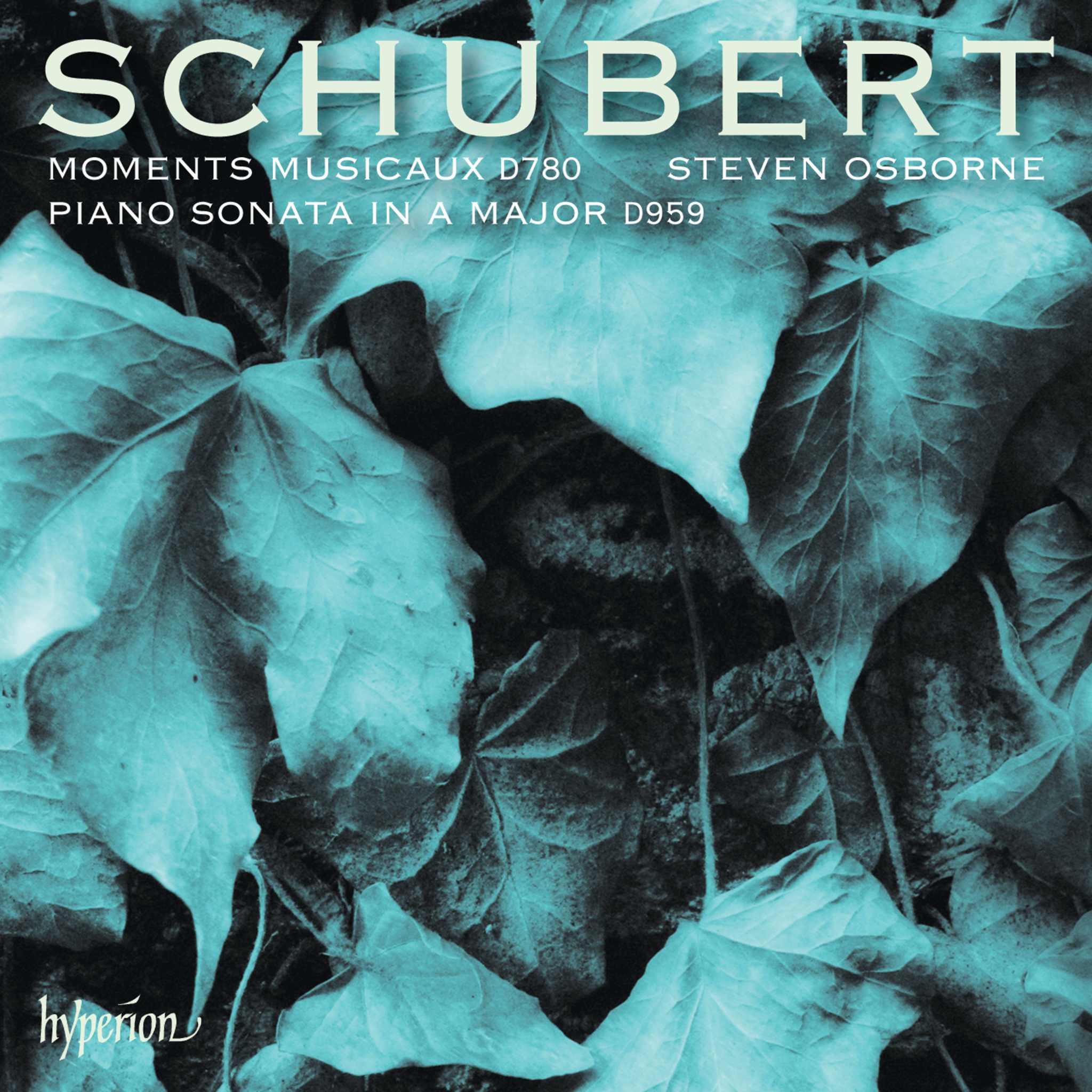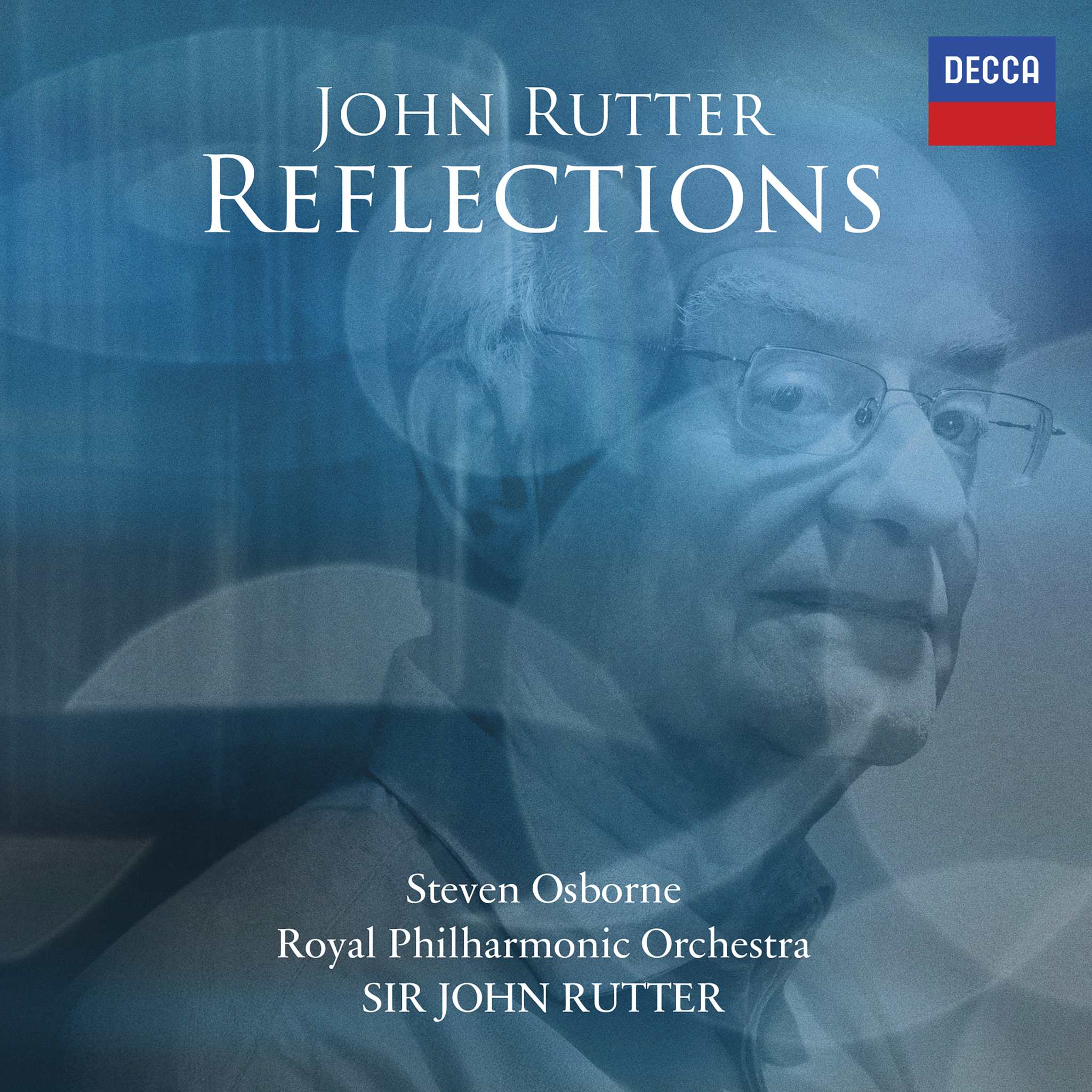Album insights
At age 17, Bedřich Smetana drafted a list of his compositions on April 3, 1841, omitting what he deemed as "childish attempts." Among these were two Polkas for a string quartet and several piano pieces, including the Louisiana Polka ("Polka for Louise"). Smetana expressed pride in this work, noting its charm and beauty, unlike his other pieces that made him feel ill when replayed. This particular Polka, he could perform repeatedly without growing tired of it.
When Smetana composed this early Polka in 1840, the dance form was still relatively new. Originating from rural Bohemia, the lively dance had gained popularity in Prague dance halls in the 1830s, becoming widely embraced in the following decade. Viennese composers such as Joseph Lanner and Johann Strauss Senior quickly adopted this dance style.
For Smetana, the Polka held special significance, as he continuously reinvented its form with enthusiasm. Over four decades after the Louisiana Polka, he wrote to his publisher Urbánek in March 1879 regarding his latest piano pieces, insisting on retaining the title "Polkas" to idealize the dance much like Chopin had done with the Mazurka.
Smetana's desire was somewhat met, as "Polkas" appeared in the subtitle when Urbánek announced their release in August 1879: "Bohemian Dances: Four Polkas for Piano." He had completed these pieces in 1877 at the home of his friend Josef Jiránek in Prague. Jiránek, a renowned pianist and composer, recalled the process fondly, remembering how Smetana penned the Polkas in his room in 1877 before publicly sharing them two years later as part of the Bohemian Dances. Smetana sketched these dances in Jabkenice a few weeks before his visit to Prague.
At that time, Smetana's health was deteriorating, making public performances increasingly challenging. Struggling with hearing loss by 1876, he had become completely deaf by 1877. Despite these challenges, he achieved recognition for his works, including the successful opera "The Kiss."
The four Polkas published in 1879 as the Bohemian Dances exemplified Smetana's commitment to idealizing the Polka dance form, similar to Chopin's treatment of the Mazurka. These compositions showcased creative interpretations of the Polka, remaining true to their folk origins while exploring various musical possibilities.
Following these innovative reinterpretations, Smetana ventured into other traditional Bohemian folk dances in the second set of the Bohemian Dances. Inspired by Dvořák, his contemporary, these compositions featured melodies sourced from various folk tunes, including those received from amateur violinist Suchý.
Among Smetana's works, the Bohemian Dances stand out for their nationalistic style, deeply rooted in his homeland's spirit. This was noted by the esteemed composer Leoš Janáček, who expressed admiration for Smetana's rhythmic compositions and their embodiment of Czech essence.
Dated September 29, 1861, "At Seashore—a Memory" is Smetana's Opus 17, capturing the image of waves on the coast near Gothenburg, where he resided from 1856 to 1861. During this period, he maintained correspondence with Liszt and drew musical inspiration from his interactions with the master while composing significant works like "Richard III" and "Wallenstein's Camp." One of his stylistically Liszt-influenced piano compositions was the evocative "At Seashore," showcasing Smetana's virtuosity as a pianist.






